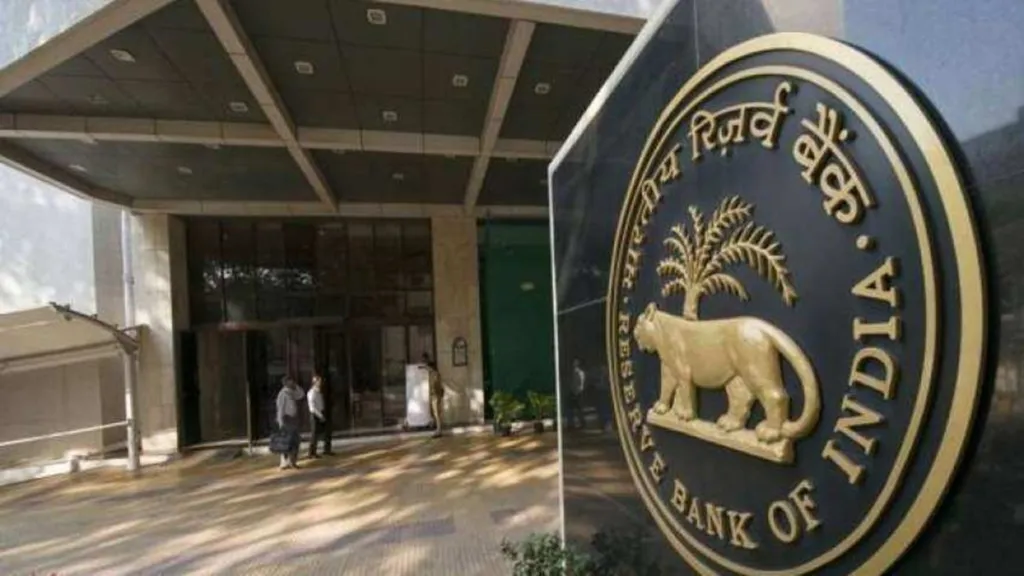By Anubhuti Sahay
The upcoming Monetary Policy Committee (MPC) meeting is likely to remain in focus more for its forward-looking guidance than the rate action.
Markets widely expect a unanimous decision by the MPC to reduce the repo rate by 25 basis points (bps) to 6.0%. Slowing inflation — which came in at 3.61% in February and likely remained below 4% in March — amid a moderate growth recovery and an uncertain external environment gives the MPC space to cut rates to support domestic economic activity. A relatively stronger rupee (as compared to a few weeks ago) also provides it room to do so without worrying significantly about rapid depreciation pressure on the INR.
Greater focus remains on whether (a) the MPC will change its stance to accommodative from neutral, and (b) the tone of statement will tilt more to dovish, as against the balanced tone in the last meeting in February. Clarity on both these issues will shape market expectations on the future repo rate trajectory.
We expect the MPC to maintain its “neutral” stance and the statement to have a balanced tone. However, a section of the market expects a shift in stance to accommodative and the statement to be more dovish. This expectation of a switch in stance and tone is likely reinforced by two factors.
First, a global growth scare driven by sharp tariff increases announced by the US on April 2. We acknowledge the increased downside risks to global growth. Our global team estimates that an increase in effective average US tariff rate from c.4.8% to 25%, can translate into a drop of c.0.5 percentage point in global growth. Should trade partners retaliate, global growth can potentially slip towards 2% (from our current forecast of 3.2%) considered recessionary for the world economy.
However, we also remain cognisant of the fact that uncertainty over the global environment, final tariff rates, and the impact on US growth-inflation remains high. If concerns on US growth in the financial markets today eventually give way to inflation fears, it could contribute to tightening of financial conditions. Such an environment is unlikely to be conducive for emerging market central banks, including India, to cut rates. Hence, switching of stance to accommodative (which indicates future policy rate cuts in contrast to the neutral stance that provides flexibility to cut, hold, or hike) can be at odds if market conditions turn the other way. Also, we expect two more rate cuts of 25 bps each in April and June with a risk of another 25-bps cut later in the year if global growth falters. We believe two to three rate cuts from here on can be delivered even while maintaining a neutral stance.
Secondly, expectations of a switch in stance to accommodative is also driven by the Reserve Bank of India’s (RBI) much larger-than-expected infusion of INR liquidity into the banking system since the start of the year.
The RBI has injected approximately Rs 5 trillion liquidity since January 2025 via bond purchases and forex buy-sell swaps, which in turn has pushed the March-end headline liquidity to a surplus of around Rs 1.3 trillion; it was in a deficit of roughly Rs 1.2 trillion at the end of January. Durable liquidity (headline liquidity balance adjusted for government balances with the RBI) is in a surplus of approximately Rs 1.8 trillion; it was in a deficit of Rs 300 billion as of January-end. While the current liquidity surplus is seen as comfortable, the surprise announcement of yet another bond purchase of Rs 800 billion in April has been interpreted as a desire by the RBI to increase the size of durable liquidity surplus (say much higher than Rs 2 trillion). Consequently, the weighted average call money rate is trading lower than the repo rate for the first time since mid-2023, which in turn can be interpreted as an accommodative liquidity stance.
However, we think the monetary policy stance is first an interpretation of likely future actions on the repo rate and then on the liquidity condition outlook. Rupee liquidity conditions determine the effectiveness of the announced policy rate changes. We think the macroeconomic backdrop is extremely fluid and retaining the optionality is a better policy choice than committing to a secular guidance on policy rate.
More importantly, we think the intent of the large liquidity infusion is to improve monetary policy transmission rather than a signal of more rate easing ahead. While overnight rates have come off in line with a lower repo rate and ample liquidity, the same has not been true for CD rates (certificates of deposit are instruments that banks use to raise money). CD rates have stayed high with challenges in deposit creation and volatility around the headline liquidity balance. Headline liquidity depends on changes in government spending patterns and the size of durable liquidity. Thus, one way to address the issue around the headline liquidity balance is to increase the size of durable liquidity surplus, as this can keep headline liquidity from switching to a deficit from say a surplus in case government spending is small. Higher durable liquidity is also positive for deposit creation once the second-order effect plays out over a period of time via money creation. Thus, we think the intent of larger than expected liquidity infusion is to improve transmission across money market rates (instead of few segments currently) than indicate a firm switch to accommodative stance for monetary policy.
In a nutshell, more monetary easing seems to be on the cards. However, saving some dry powder in an uncertain environment, in our view, is likely to be the way ahead for monetary policy.
The writer is head-India, Economics Research, Standard Chartered Bank.
Disclaimer: Views expressed are personal and do not reflect the official position or policy of FinancialExpress.com. Reproducing this content without permission is prohibited.

